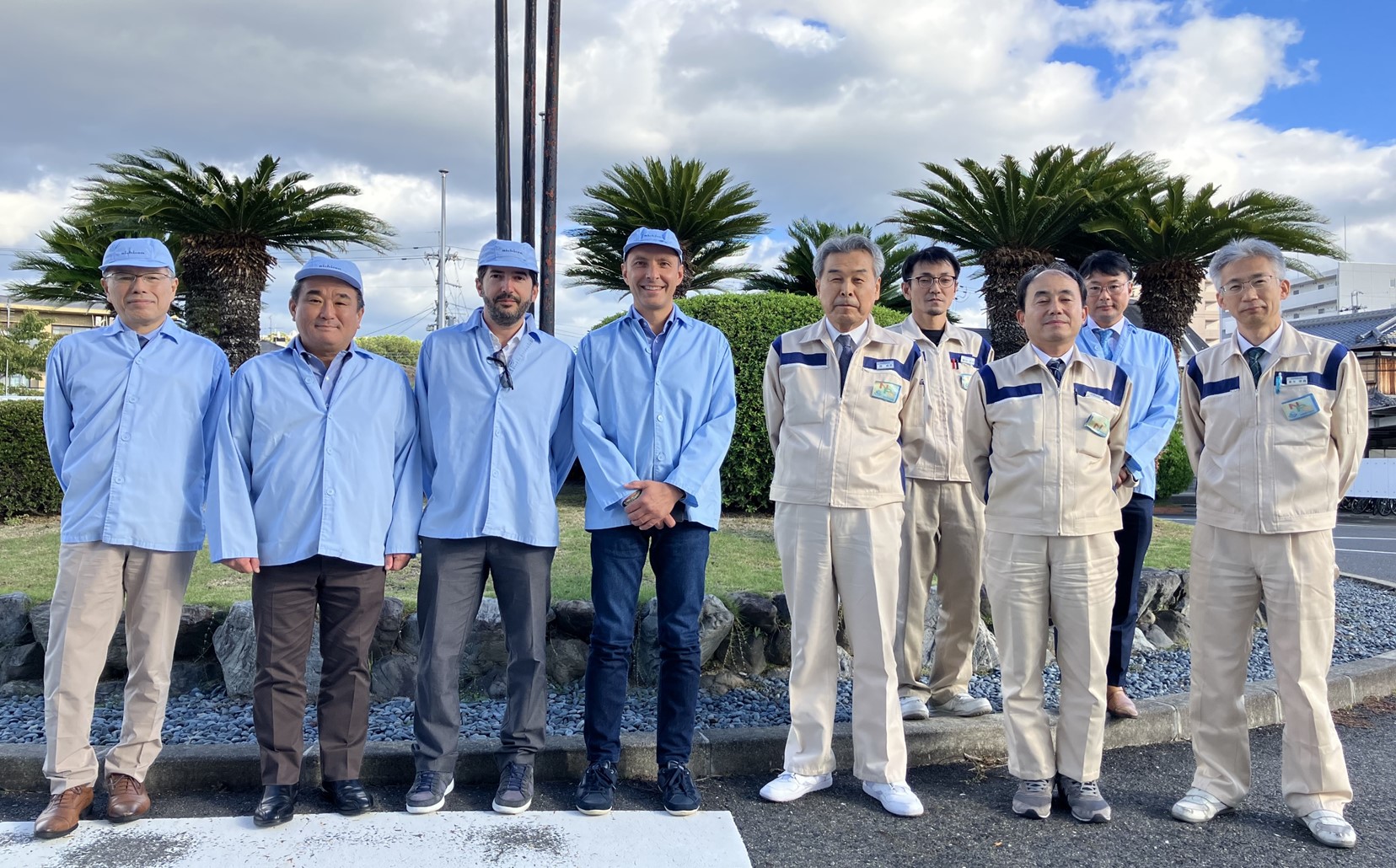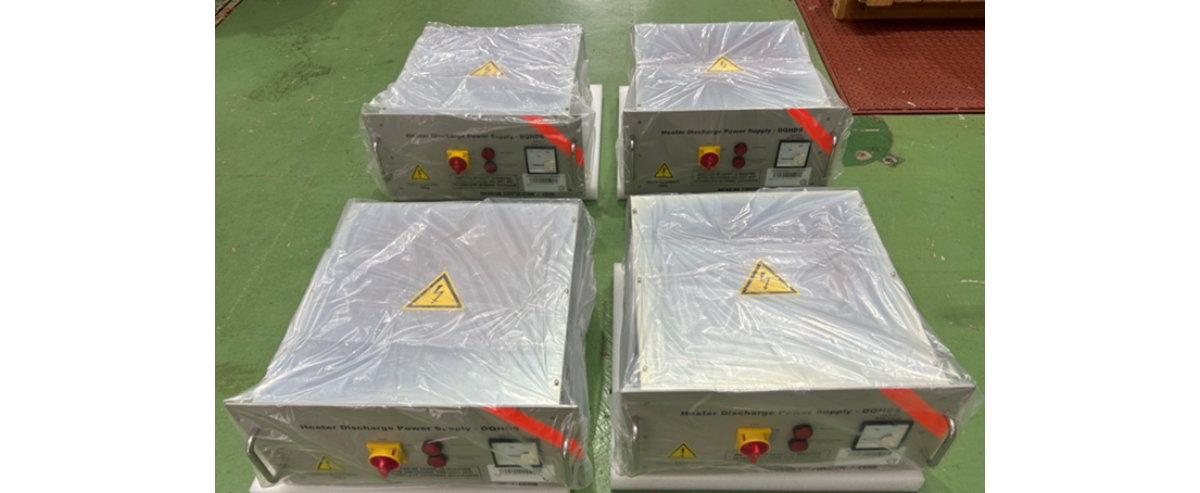The Quench Heater Discharge Power Supplies (DQHDS) are essential magnet protection devices in the Large Hadron Collider (LHC), ensuring the safety and integrity of superconducting magnets since their initial deployment in 2007. Triggered by the detection of a magnet quench (the local, sudden transition from a superconducting to normal state), these devices release energy into copper-plated stainless steel strip heaters that are in thermal contact with the superconducting coils, but galvanically insulated from them. The generated heat induces a resistive transition all along the superconducting coils, thus preventing localised energy deposition and potential damage to the superconductor. Over 6000 DQHDS units are presently operational in the LHC, maintaining the integrity of the superconducting magnets.
As the LHC transitions into the High-Luminosity LHC (HL-LHC) era, the new HL-LHC magnets require a new design for the DQHDS units that includes higher discharge currents, improved reliability, enhanced monitoring capabilities, and robust safety mechanisms. These new units will operate in conjunction with the Coupling-Loss-Induced Quench (CLIQ) units, together ensuring a reliable protection of the HL-LHC inner triplet magnets. Extensive qualification tests - including electromagnetic compatibility (EMC), safety, irradiation, and lifetime studies - have confirmed the robustness and functionality of the new DQHDS design. A final validation step will involve the installation and use of 52 newly manufactured units at CERN's Inner Triplet String (IT String) test facility.
In January 2024, KEK and CERN signed an addendum to the Memorandum of Understanding for collaboration on the HL-LHC project. Under this agreement, both parties committed to the construction of 630 DQHDS units for the HL-LHC upgrade, with KEK responsible for delivering all units according to CERN's technical specifications. The selected company for pre-series production, NICHICON CORPORATION, hosted KEK and CERN staff for a kick-off meeting and facility inspection in October 2023, where their capabilities in assembly, testing, and quality assurance were successfully validated.

The Japanese in-kind production will take place in three phases. The first phase, nearing completion, involves the pre-series production, testing, and delivery of 4 DQHDS units. The pre-series units have already been manufactured and successfully undergone the Factory Acceptance Tests in Japan. They will soon be delivered to CERN, where they will undergo extensive testing. Following successful validation, the next two phases will take place, with production of 360 units by March 2025 and an additional 270 units by early 2026.
We look forward to the successful acceptance of the 4 pre-series units, which is another example of the fruitful collaboration between CERN and KEK.

